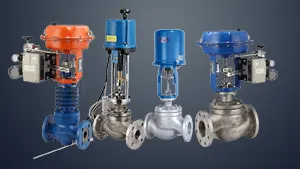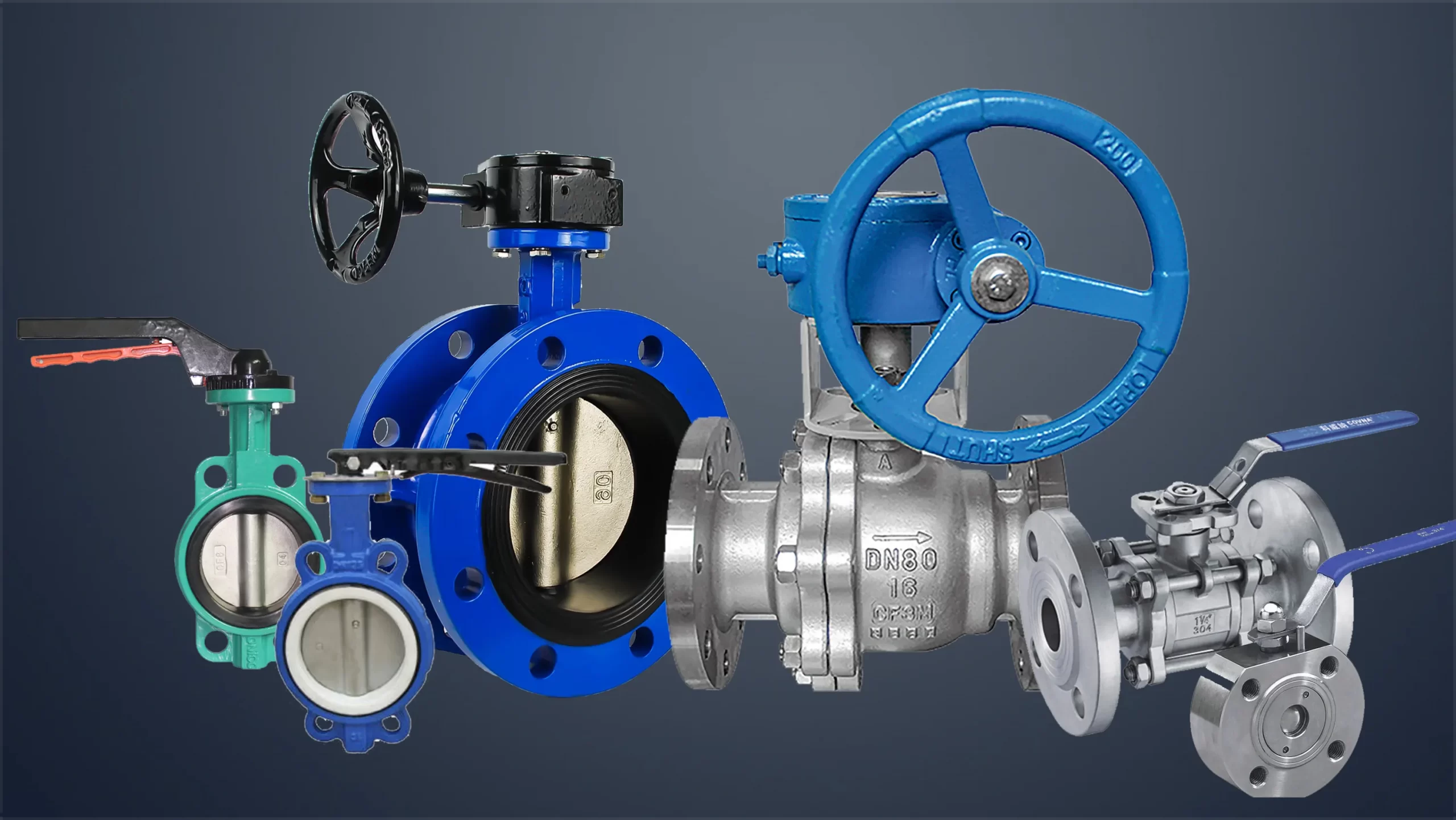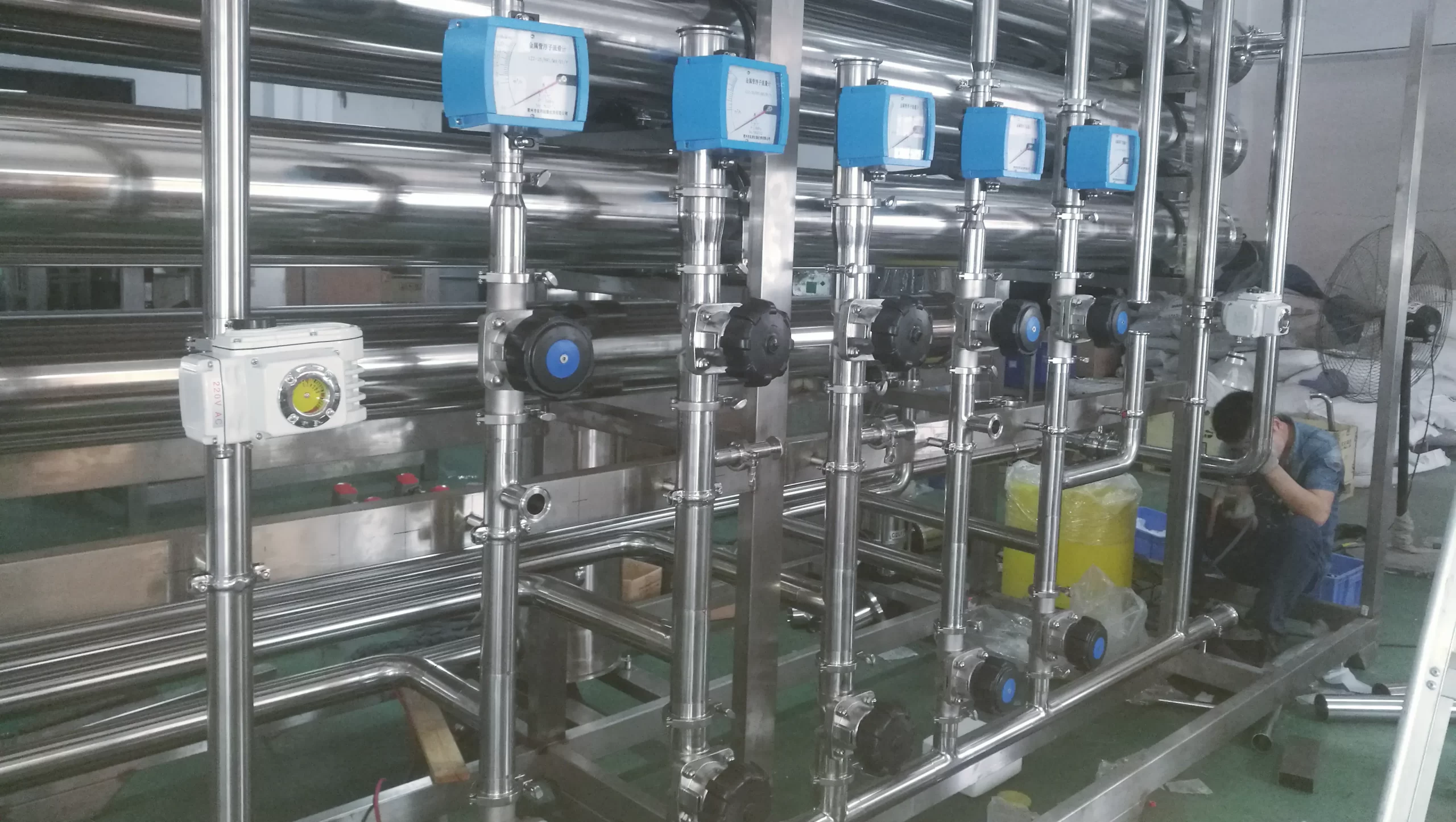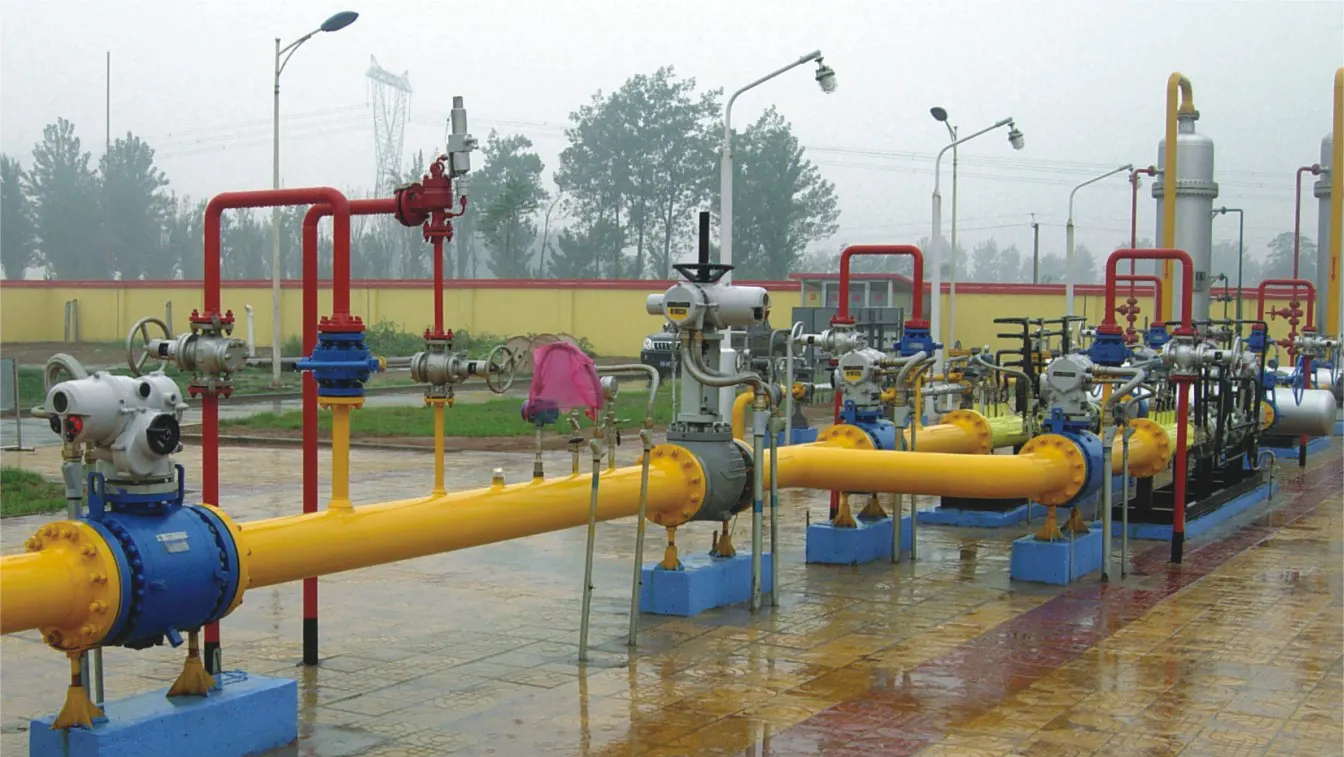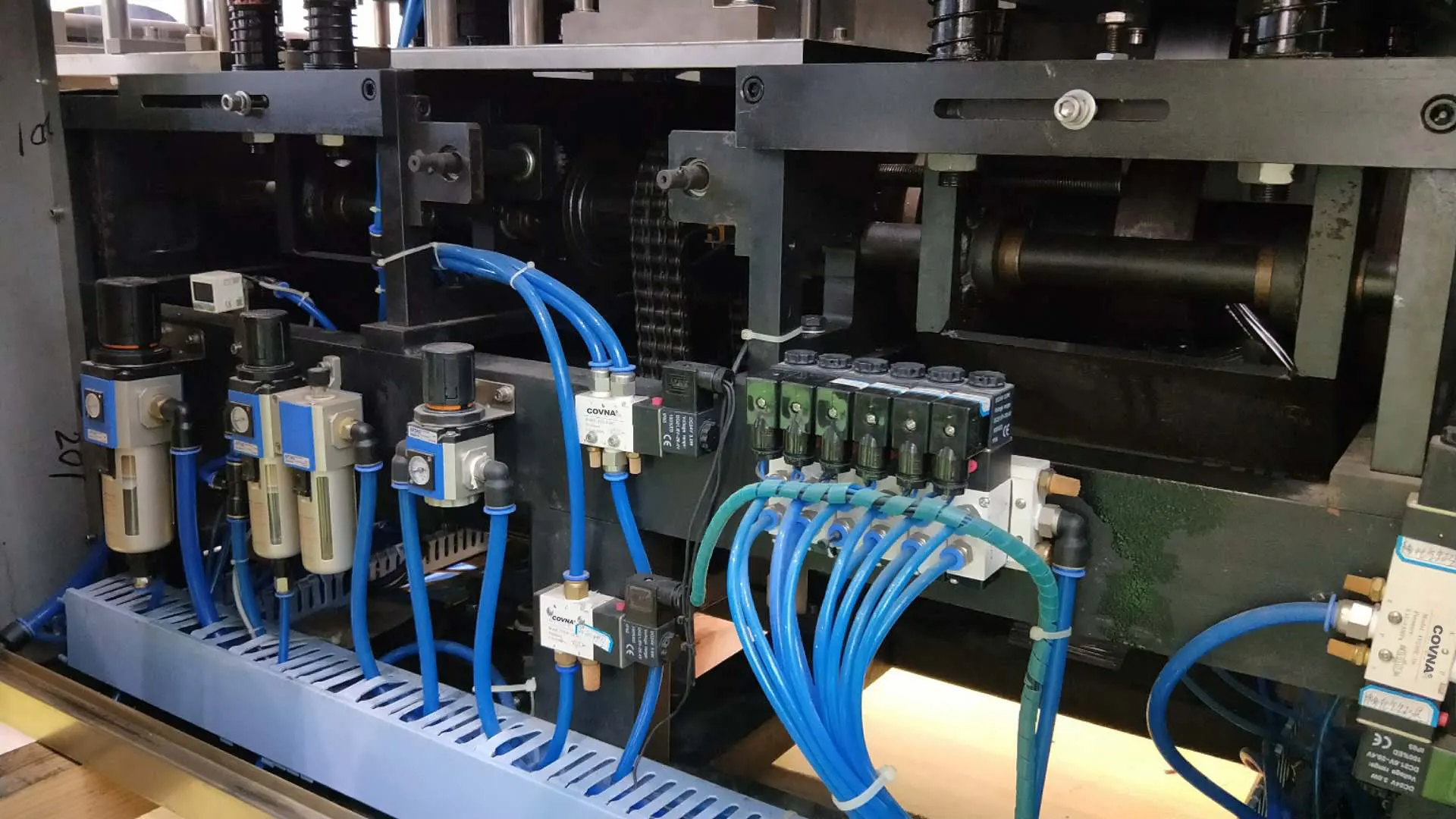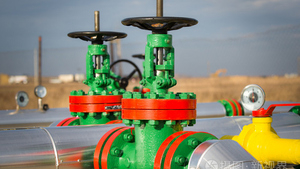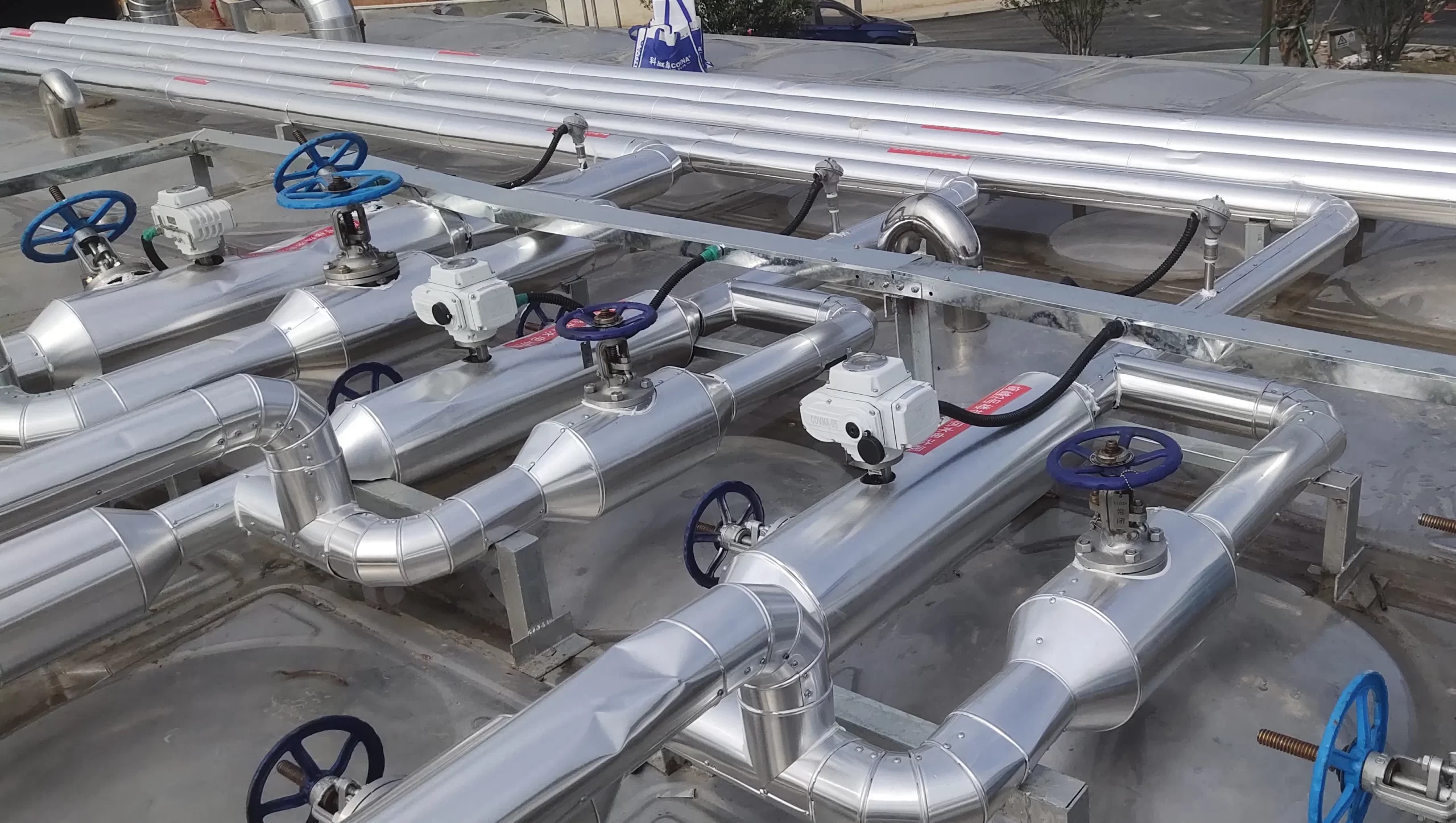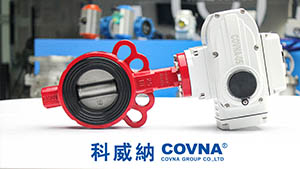Valve Electric actuator is a device that uses electricity to drive opening and closing or adjusting valves.
The valve electric device is an indispensable driving device to realize valve program control, automatic control and remote control. Its movement process can be controlled by the stroke, torque or axial thrust. The working characteristics and utilization of the valve electric device depend on the type of valve, the working specification of the device and the position of the valve on the pipeline or equipment.
Electric devices generally consist of the following parts
- Special motor, characterized by strong overload capacity, large starting torque, small moment of inertia, short-time and intermittent work
- Deceleration mechanism to reduce the output speed of the motor
- Stroke control mechanism to adjust and accurately control the opening and closing position of the valve
- Torque limiting mechanism to adjust the torque (or thrust) and make it not exceed a predetermined value
- Manual and electric switching mechanism, interlocking mechanism for manual or electric operation
- Opening indicator to show the position of the valve during opening and closing
Choose electric actuator according to valve type
Angular stroke electric actuator (rotation angle <360 degrees)-suitable for butterfly valves, ball valves, plug valves, etc.
The rotation of the output shaft of the electric actuator is less than one revolution, that is, less than 360 degrees, usually 90 degrees to achieve the valve opening and closing process control. This kind of electric actuator is divided into direct connection type and base crank type according to the different installation interface methods.
- Direct connection type: refers to the form in which the output shaft of the electric actuator is directly connected to the valve stem
- Base crank type: refers to the form in which the output shaft is connected to the valve stem through the crank
Multi-turn electric actuators (angle of rotation> 360 degrees)-suitable for gate valves, globe valves, etc.
The rotation of the output shaft of the electric actuator is more than one circle, that is, more than 360 degrees. Generally, it takes more than one circle to realize the valve opening and closing process control.
Straight stroke (linear motion)-suitable for single-seat control valves, double-seat control valves, etc.
The motion of the output shaft of the electric actuator is linear motion, not rotating.
Determine the control mode of the electric actuator according to the production process control requirements
Control Mode of Electric Actuator
Switch type/on-off type (Open loop control):
- Switch-type electric actuators generally realize the opening or closing control of the valve. The valve is either in the fully open position or in the fully closed position. This type of valve does not require precise control of the medium flow. It is particularly worth mentioning that switch-type electric actuators can be divided into split structure and integrated structure due to different structural forms. It is necessary to explain this when selecting the model, otherwise there will often be mismatches such as conflicts with the control system during on-site installation
- 1. Split structure (usually called ordinary type): The control unit is separated from the electric actuator. The electric actuator cannot control the valve alone. It must be controlled by an external control unit. Generally, the external controller or control cabinet is used. Matching. The disadvantage of this structure is that it is not convenient for the overall installation of the system, increases wiring and installation costs, and is prone to failure. When a failure occurs, it is not easy to diagnose and repair, and the cost performance is not ideal.
- 2. Integrated structure (usually called integral type): The control unit and the electric actuator are packaged as one, and can be operated on-site without external control unit, and can be operated remotely only by outputting relevant control information. The advantage of this structure is that it facilitates the overall installation of the system, reduces wiring and installation costs, and is easy to diagnose and troubleshoot. However, traditional integrated structure products also have many imperfections, so intelligent electric actuators are produced
Adjustable/ Modulating (Closed-loop control):
- Regulating electric actuators not only have the function of on-off integrated structure, but also can accurately control the valve and adjust the medium flow.
- 1. Control signal type (current, voltage). Regulating electric actuator control signals generally include current signals (4~20mA, 0~10mA) or voltage signals (0~5V, 1~5V), and the type of control signal and parameters should be clarified when selecting
- 2. Working form (electric opening type, electric closing type). The working mode of the regulating electric actuator is generally electric opening type (take 4-20mA control as an example, electric opening type means that 4mA signal corresponds to valve closing, and 20mA corresponds to valve opening), and the other is electric closing type (Take 4~20mA control as an example, electric opening type means that 4mA signal corresponds to valve opening, and 20mA corresponds to valve closing)
- 3. Loss of signal protection. Loss of signal protection means that when the control signal is lost due to faults such as the line, the electric actuator will open and close the control valve to the set protection value. The common protection values are fully open, fully closed, and keep in place.
Electric devices classified according to use environment and explosion-proof grade:
According to the use environment and explosion-proof grade requirements, the electric device of the valve can be divided into ordinary type, outdoor type, explosion-proof type, outdoor explosion-proof type, etc.
Determine the output torque of the electric actuator according to the torque required by the valve:
The torque required for valve opening and closing determines the output torque of the electric actuator. It is generally proposed by the user or selected by the valve manufacturer. The actuator manufacturer is only responsible for the output torque of the actuator, and the valve is required for normal opening and closing. The torque of the valve is determined by the valve diameter, working pressure and other factors. However, due to the difference in the processing accuracy and assembly technology of the valve manufacturer, the required torque of the valve of the same specification produced by different manufacturers is also different, even if it is produced by the same valve manufacturer. The torque of the specifications of the valve is also different. When the torque of the actuator is too small, it will cause the valve to be unable to open and close normally. Therefore, the electric actuator must select a reasonable torque range.
The basis for correct selection of valve electric device:
Operating torque:
The operating torque is the most important parameter for selecting the valve electric device. The output torque of the electric device should be 1.2 to 1.5 times the maximum valve operating torque.
Operating thrust:
There are two main structures of the valve electric device: one is not equipped with a thrust plate and directly outputs torque; the other is equipped with a thrust plate, and the output torque is converted into output thrust through the stem nut in the thrust plate.
Number of turns of output shaft:
The number of turns of the output shaft of the valve electric device is related to the nominal diameter of the valve, the pitch of the stem, and the number of thread heads. It should be calculated as M=H/ZS (M is the total number of turns that the electric device should meet, and H is the valve Opening height, S is the thread pitch of the stem drive thread, Z is the number of stem threads).
Stem diameter:
For multi-turn rising stem valves, if the maximum stem diameter allowed by the electric device cannot pass through the stem of the matched valve, it cannot be assembled into an electric valve. Therefore, the inner diameter of the hollow output shaft of the electric device must be larger than the outer diameter of the stem of the rising stem valve. For part-turn valves and dark-stem valves in multi-turn valves, although there is no need to consider the passage of the stem diameter, the stem diameter and the size of the keyway should also be fully considered when selecting, so that it can work normally after assembly.
Output speed:
If the opening and closing speed of the valve is too fast, water hammer is likely to occur. Therefore, the appropriate opening and closing speed should be selected according to different usage conditions.
--- END ---




